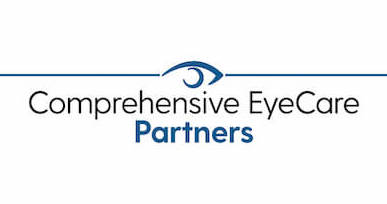
In August, the American Academy of Ophthalmology observes Children’s Eye Health and Safety Month. As the summer comes to an end and the school year begins, it’s important to make sure your child is healthy and safe.
Besides yearly pediatrician’s appointments, it’s also a good time for an annual eye exam. If your child is suffering from a refractive error or a common childhood eye condition, they need to be able to do their best.
You also want to make sure that they stay safe and know how to protect their eyes. Keep reading to learn how you can keep your children’s eyes safe all year long!
Common Childhood Conditions
There are several ocular conditions that can be detected in childhood. Some of these conditions are correctable if your child receives treatment while they are still young.
Waiting too long can make them harder to treat or deal with as they get older. Some of the most common conditions are strabismus, amblyopia, and ptosis.
These are terms for crossed-eyes, lazy eye, and drooping eyelid. Amblyopia and strabismus are especially common.
Strabismus affects 4% of children under the age of six. Strabismus is also often hereditary, so your child is more likely to have it if you or other family members have it.
Color blindness is also something that people are born with. It’s important to identify it in children as they develop.
Sometimes, misidentifying colors can be mistaken as a developmental delay when it’s due to color blindness. Color blindness is also very common, especially in boys.
Warning Signs
Some conditions are easier to spot visually, like crossed eyes or a lazy eye. But sometimes there are other warning signs, especially when it comes to refractive errors. These signs include:
- Frequent squinting and head tilting to see objects
- Sitting close to the TV or holding screens close to their face
- Excessive eye rubbing
- Sensitivity to light
- Difficulty reading
- Attention problems
- Poor performance in school
Some of these signs may also be signs of other conditions, like ADD or a learning disorder. They can often be attributed to visual problems.
The good news is that visual problems are usually easy to correct. Sometimes all your child needs is to wear glasses to be able to see, read, and learn better.
Eye Safety
Practicing good eye safety is just as important to your child’s eye health as treating any visual conditions. Eye injuries are not only common, but they can cause lasting damage and even blindness.
But it isn’t hard to keep your child’s eyes safe as long as you emphasize the importance of proper eye protection. This includes making sure your child wears protective eyewear when playing sports.
Even if your child plays a sport that doesn’t seem like it would need protective eyewear, they still need to wear it. This can include sports like soccer or basketball. They are best to have some form of eye shield or safety goggles.
You should also be careful with what kind of toys and recreational equipment you buy your child. Projectiles, even from toys, can be dangerous if mishandled.
Always make sure whatever toys your child plays with are age-appropriate and meet safety standards. You can tell if a toy is probably safe by looking out for stickers that say ASTM. This indicates certification from the American Society for Testing and Materials.
Want to make sure your child starts off the new school year on the right foot? Schedule an eye exam at Shepherd Eye Center in Henderson, NV today!


